You know it, we know it, and your neighbors know it. Midwest winters are not something to mess around with. From wind chills of -60 degrees to the non-stop snowfall, surviving a Midwest winter could be considered an extreme sport. We are lucky to have warm blankets and heated houses to hide out in. Wildlife on the other hand, isn’t so lucky to have those luxuries.
Diverse stands of native grasses and wildflowers have many benefits, some of which include providing winter cover for wildlife as well as excellent brood rearing habitat in the spring and summer. Not as nice as heated blankets, but a close second in our opinion.
Planning
Planting a mix of native forbs and grasses is more beneficial compared to grass mixes of low diversity. Keep in mind, before planting, planning is key to ensure successful stands. CRP programs are often 10-15 years long so, planting a quality mix with the right seed is most important. One misconception is that diversity will increase the cost of mixes. We’re able to design very diverse blends with anywhere from 20 to 40 different species, while keeping producer costs down. More importantly, these diverse mixes will provide more benefits in the diverse soils they’re often faced with.
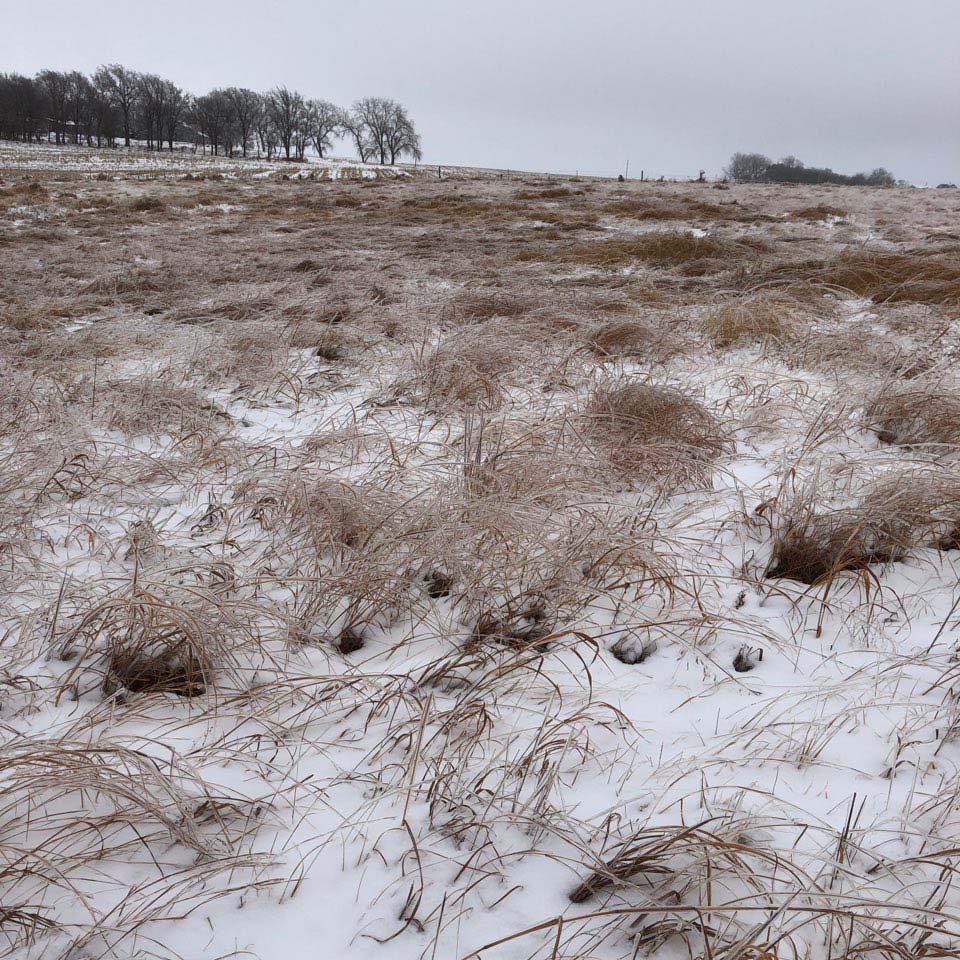
From an upland game habitat perspective, pheasants for example, it is no secret that more diverse planting of both grasses and wildflowers will help in the raising and keeping of more birds. Benefits extend from insect attractant in the spring/summer to winter standability and cover production in the winter.
Design
We design all our conservation mixes based on desired goals, cost, availability, soil conditions, habitat goals, program specifications and ease of establishment. We plan to have you ready to plant in early spring (March-June) or for dormant seeding (November -January).
Chat with Justin Pederson, Conservation and Wildlife Specialist, to assist in the design of your mix.
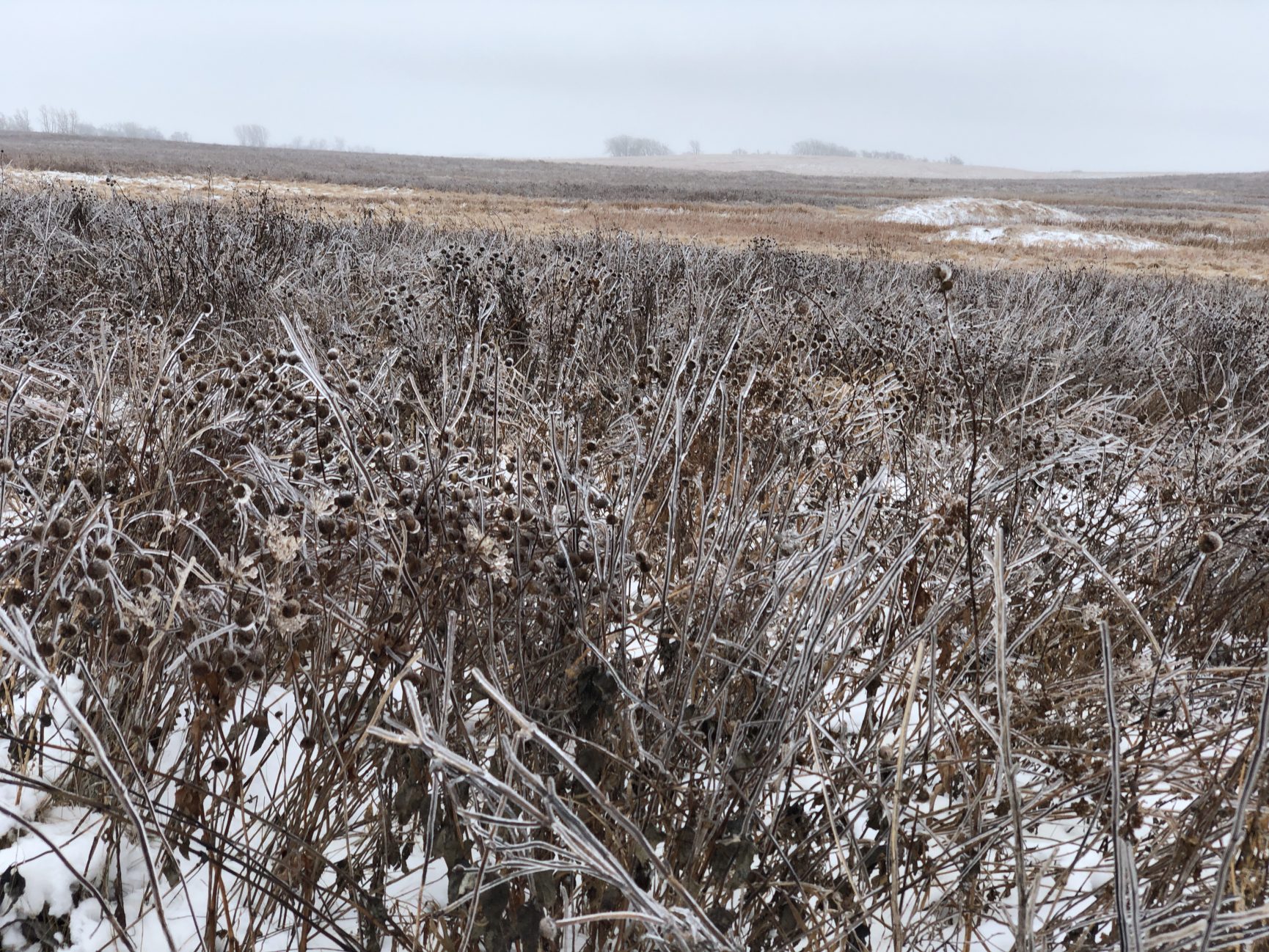
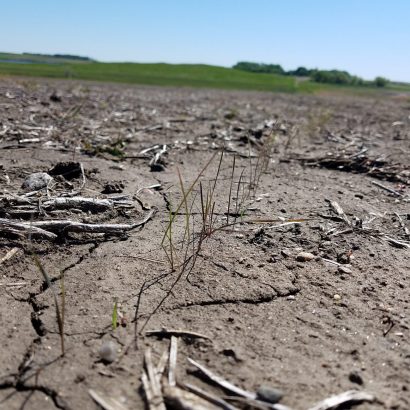
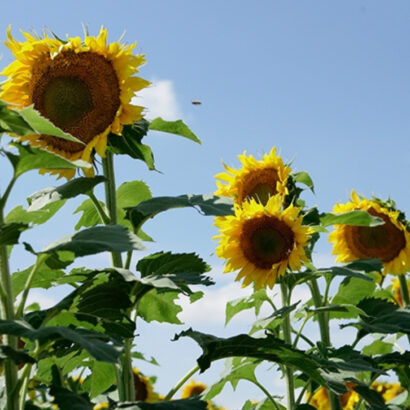
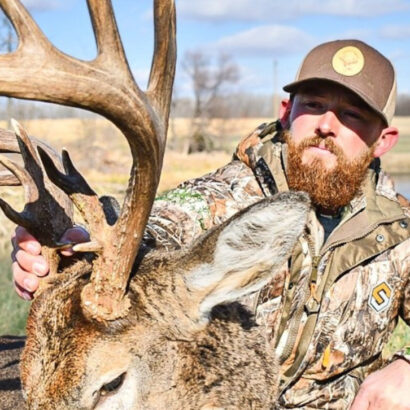
I own 80 acres. About 65 is in timber management, 6 is horse pasture and the remainder is around our sheds/.house and an easement where overhead power lines cut through the property. A portion of the remainder is in food plots but I’m wanting to go easier on the food plots and more heavy on habitat. There are 3 separate areas I’m looking to seed. Our front yard is grass and food plot (about 2 acres) the easement is about (2 acres) and the crick bottom is 2-3 acres. I’m thinking of replacing the front yard grass with a pollenator blend, the easement with a habitat blend and the bottom with a more dense and gnarly habitat blend (is there such a thing?). Please feel free to contact me via phone or email to discuss first steps of how to get this rolling. Expert advice is greatly welcomed!